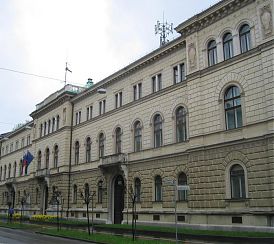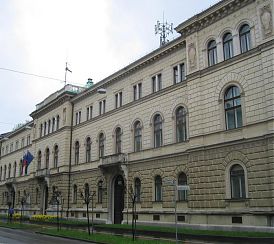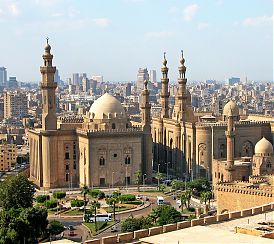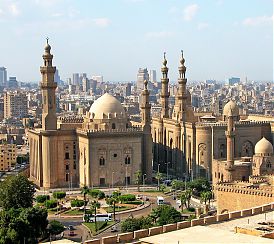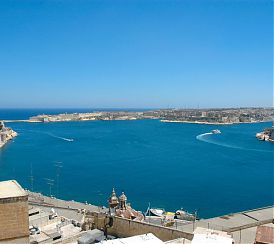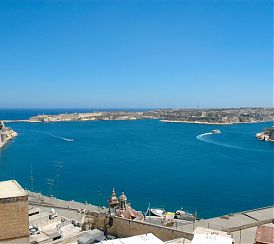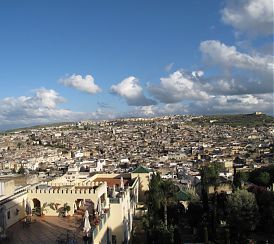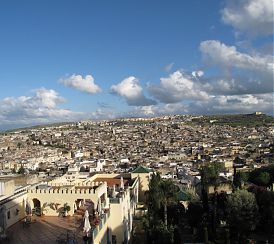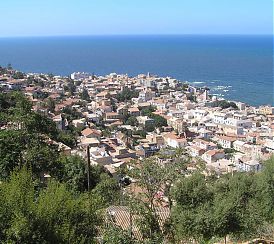MEDITERRANEAN, HIGH UNEMPLOYMENT FOR WOMEN AND YOUTH


The 2017 edition of the Report on the Mediterranean economies of the Institute of Mediterranean Societies Studies (Issm) of the Cnr, presented in Naples, focused in particular on the labor market issues, one of the central issues in relations Euro-Mediterranean, also for the connections with the migratory thrusts coming from the south and east shore of the basin.
The structural changes that occurred between 2000 and 2015 in this area affect especially the most vulnerable social groups: ‘Youth unemployment is high not only on the southern shore, but also on the northern shore of the Mediterranean, with four countries reaching in 2015 levels over 45%: Bosnia-Herzegovina (66.9%), Libya (50%), Spain (49.4%) and Greece (49.2%) ‘, as explained by Salvatore Capasso and Yolanda Pena-Boquete explain in their chapter. ‘Women’s participation remains extremely low in the Arab countries of the Mediterranean. Besides representing an obvious social problem, youth and female unemployment poses a serious question of inefficient allocation of resources ‘. The participation of women in the labor market in North Africa is also the subject of the contribution of Ersilia Francesca and Renata Pepicelli, who explain how ‘despite the lowering of fertility rates and progress in terms of schooling’ the rate remains ‘significantly lower than other developing areas. The average rate of female unemployment in North Africa in 2015 was 20.4%, more than double that of the EU, which in 2015 was 9.5% (source ILO 2015). The uprisings of 2011 have seen a prominent role of young people and women, but the phase of ‘transition’ has largely ignored their expectations and aspirations ‘.
The problem will also tend to widen in perspective, according to Barbara Zagaglia, in Algeria, Morocco and Tunisia which, ‘under the assumption of a continuous increase in life expectancy, will see the population of working age increase between 2015 and 2030. Only to keep the already low employment rates constant, Algeria will have to add each year from 126 thousand to 231 thousand new jobs, Morocco from 121 thousand to 133 thousand, Tunisia from 281 thousand to 392 thousand. If these objectives are not met, the road to migration will be assured ‘. Migration movements are intertwined with the fact that between 2008 and 2015 in Italy, Spain, Portugal and Greece ‘at the end of the long and intense economic crisis, the employment rates of foreigners have significantly decreased from 8 to 17 percentage points. ‘, As noted by Corrado Bonifazi and Salvatore Strozza. ‘While the unemployment of foreigners has taken on considerable dimensions: over 16% in Italy, but more than 30% in Greece and Spain’.
Francesco Carchedi and Michele Colucci have also drawn a historical picture, underlining that ‘it is not just national states that plan migration policies’, but ‘we must also look at international organizations, non-governmental organizations, and criminal organizations’. The link between migration policies and development, particularly in North Africa and in the Sahel, is the subject of the chapter by Marco Zupi, according to which ‘the priority of the EU has focused on migration and its containment, to the detriment of sustainable and inclusive development ‘, whereas a’ multi-level governance system and territorial policies ‘ would be necessary. Giorgia Giovannetti, Mauro Lanati and Alessandra Venturini focus on the migration of the most skilled workers (the so-called brain drain), noting how it favors ‘the growth of exports of products with higher technological content’.
Roberto Aliboni’s chapter tackles the crucial points of the crisis under way in the Mediterranean during 2016, such as ‘the weakening at regional level of the ‘moderate’ Arab countries, the reflux of jihadism, the strengthening of Iran and its allies, the protagonism of Turkey and the increasingly hegemonic and pervasive role of Russia ‘. The chapter of Desirée Quagliarotti identifies the prospects of the green economy of the countries in the Euro-Mediterranean region, which ‘must start thinking in terms of a systemic and integrated approach that can focus on innovation, efficient use of resources and the dissemination of knowledge. These factors could all contribute to growth, social cohesion and increased employment ‘.
(ITALPRESS/MNA).
Source: medNews



